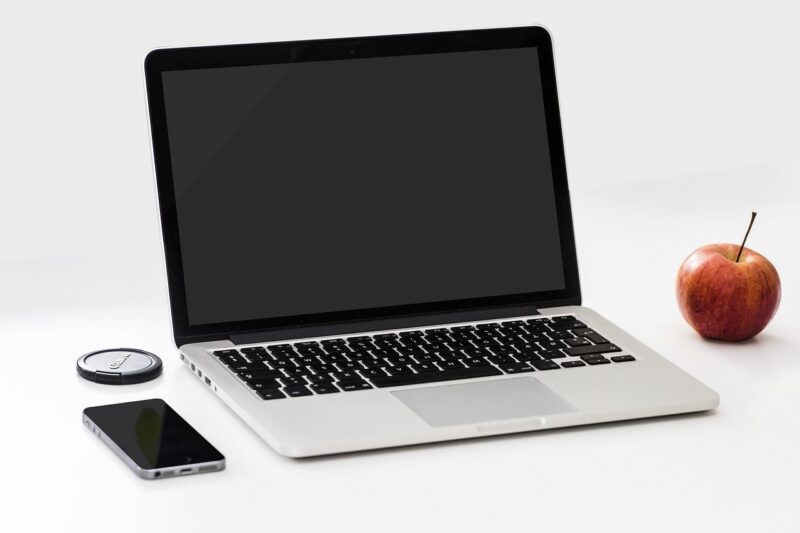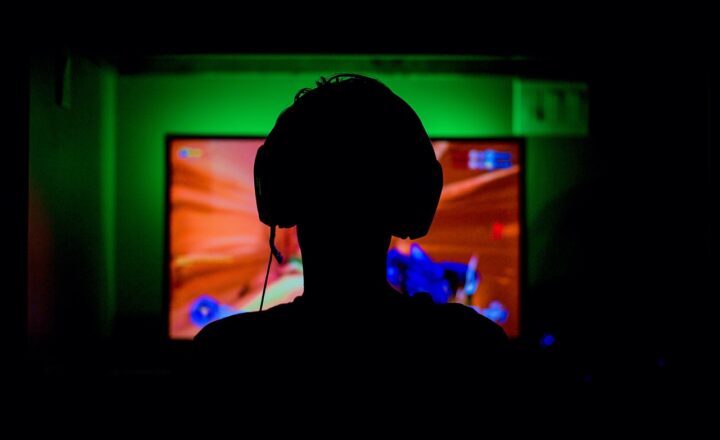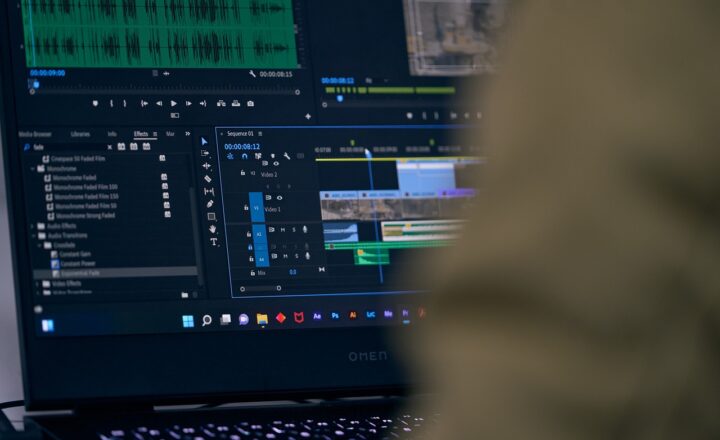The Complete Guide to Buying a Laptop for Creative Professionals: Power vs. Portability
November 14, 2024

Buying a laptop as a creative professional can be a daunting task. With numerous options available on the market and varying specifications tailored for different needs, it can be challenging to determine the best device for your creative workflow. This guide will explore the key considerations when purchasing a laptop, focusing particularly on the balance between power and portability.
1. Understanding Your Needs as a Creative Professional
Before diving into specifications, it’s essential to assess what kinds of creative work you’ll be doing. Are you a graphic designer, video editor, musician, or maybe a mix of several roles? Different creative fields have distinct requirements from a computer.
For instance:
- Graphic Designers: Will need high-resolution displays and strong graphic performance for design applications such as Adobe Photoshop and Illustrator.
- Video Editors: Require powerful CPUs and GPUs, as well as considerable RAM and fast storage solutions for smooth editing and rendering of high-definition video.
- Musicians: Should look for laptops with high audio quality and the capability to run Digital Audio Workstations (DAWs) smoothly, along with ample storage for samples and projects.
Knowing your primary uses will guide you toward the appropriate specifications.
2. Specifications to Look For
Now that you understand your needs, let’s delve into the technical specifications that will enhance your work as a creative professional.
2.1 Processor (CPU)
The CPU is the brain of your laptop, and for demanding creative tasks, you’ll want to invest in a powerful processor. Here are the types you should consider:
- Intel Core i7 or i9: Ideal for video editing and 3D rendering, providing higher core counts and multitasking capabilities.
- AMD Ryzen 7 or 9: Excellent alternatives, often providing comparable performance to Intel, frequently at a more competitive price point.
2.2 Memory (RAM)
When working with large files or multiple applications, adequate RAM is vital. Aim for:
- 16GB: Sufficient for most creative tasks, including graphic design and light video editing.
- 32GB or more: Recommended for heavy video editing, 3D rendering, or if you plan to keep many applications open simultaneously.
2.3 Storage Solutions
Creative professionals often need substantial storage for large files, so consider the following storage types:
- SSD (Solid State Drive): Offers speed and reliability. Aim for at least 512GB, though 1TB or more is preferable for video editors and photographers.
- HDD (Hard Disk Drive): Can be a secondary option for additional storage, but it is slower than SSDs. Use it for general data storage rather than for operating systems or applications.
2.4 Graphics Card (GPU)
Depending on your field, the GPU can greatly influence performance:
- Integrated GPU: Typically sufficient for graphic designers working primarily with 2D graphics, running applications like Adobe Illustrator or Photoshop.
- Dedicated GPU (e.g., NVIDIA GeForce GTX/RTX or AMD Radeon): Essential for video editors and 3D designers, providing the power needed for rendering and effects processing.
3. Portability vs. Power: The Balancing Act
Now that you know the specifications to look for, the next thing to consider is how much weight, size, and battery life matter to you. A powerful machine could be heavier and have less battery life. Therefore, you’ll need to prioritize based on tasks and workflows.
3.1 Weight and Size
For those who travel often, screen size and weight are critical. Laptops range from 13” to 17” and beyond. Here’s how to decide:
- 13” to 14” Laptops: Great for portability and are often lighter, which is perfect for designers on the go who use software predominantly in 2D.
- 15” to 17” Laptops: Offer larger displays, ideal for video editors or photographers who need more screen real estate for detailed work, at the expense of additional weight.
3.2 Battery Life
When assessing battery life, think about how long you’ll be working away from a power outlet. Aim for:
- 8 hours or more: Sufficient for most day-to-day tasks and travel situations. This allows you to work comfortably throughout the day without constantly searching for an outlet.
- 10 hours or more: Ideal for intensive tasks, especially if multimedia applications drain battery quickly.
4. Recommended Laptops for Creative Professionals
To give you a head start, here are several laptops highly regarded for their balance of power and portability:
- Apple MacBook Pro 14-inch: Known for its excellent Retina display and incredible battery life, perfect for creative professionals who need a powerful yet portable machine.
- Dell XPS 15: Features a stunning display and a powerful GPU, perfect for video editors and graphic designers who also appreciate portability.
- Razer Blade 15: A gaming laptop that doubles as a powerhouse for creatives, offering excellent performance and a sleek design.
- Microsoft Surface Laptop 4: Both lightweight and user-friendly, this laptop is great for general design work and Adobe applications.
Choosing the right laptop for creative work is more than just selecting the latest tech. It’s understanding your own workflow and the work you produce. Balancing power and portability, coupled with the right specifications, can ensure that your laptop meets all your creative demands without hindering your productivity.
5. Final Thoughts
In conclusion, taking the time to understand your creative needs and equip yourself with the right tool will ultimately elevate your work. Investing in a laptop that suits your unique style will not only enhance your performance but also empower your creativity wherever you are.
Remember to weigh your options carefully and consider the balance of power versus portability. The right choice can make all the difference in your creative journey.
Happy reading, and may your next laptop propel your creative endeavors to new heights!







